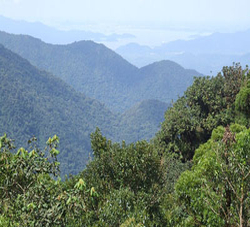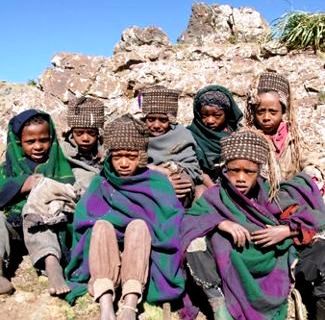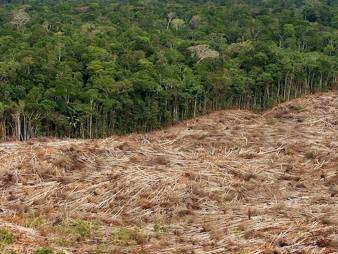As Nepal and other countries work to pull tigers back from the brink of extinction, the study “provides a relatively straight-forward way to measure how humans affect endangered animals’ habitat across space and through time,” said Carter. “The next step is to model how tiger habitat and human livelihood strategies will interact and change in the future under different conservation policy scenarios. I’m working closely with computation staff to develop this complex model.”
Carter’s co-authors included Jianguo Liu, Director of Michigan State University’s Center for Systems Integration and Sustainability; Michigan State University faculty members Andrés Viña and Henry Campa; Bhim Gurung of the Nepal Tiger Trust in Chitwan; and Jhamak Karki of Nepal’s Department of National Parks and Wildlife Conservation.
The National Science Foundation (NSF), the U.S. Fish and Wildlife Service Rhinoceros and Tiger Conservation Fund, NASA‘s Earth and Space Science program, and Michigan State University’s AgBioResearch funded the research.
Check the following link to read/download the Full Study – “Assessing Spatiotemporal Changes in Tiger Habitat across Different Land Management Regimes”:
http://www.esajournals.org/doi/full/10.1890/ES13-00191.1
Source: University of Maryland.


















